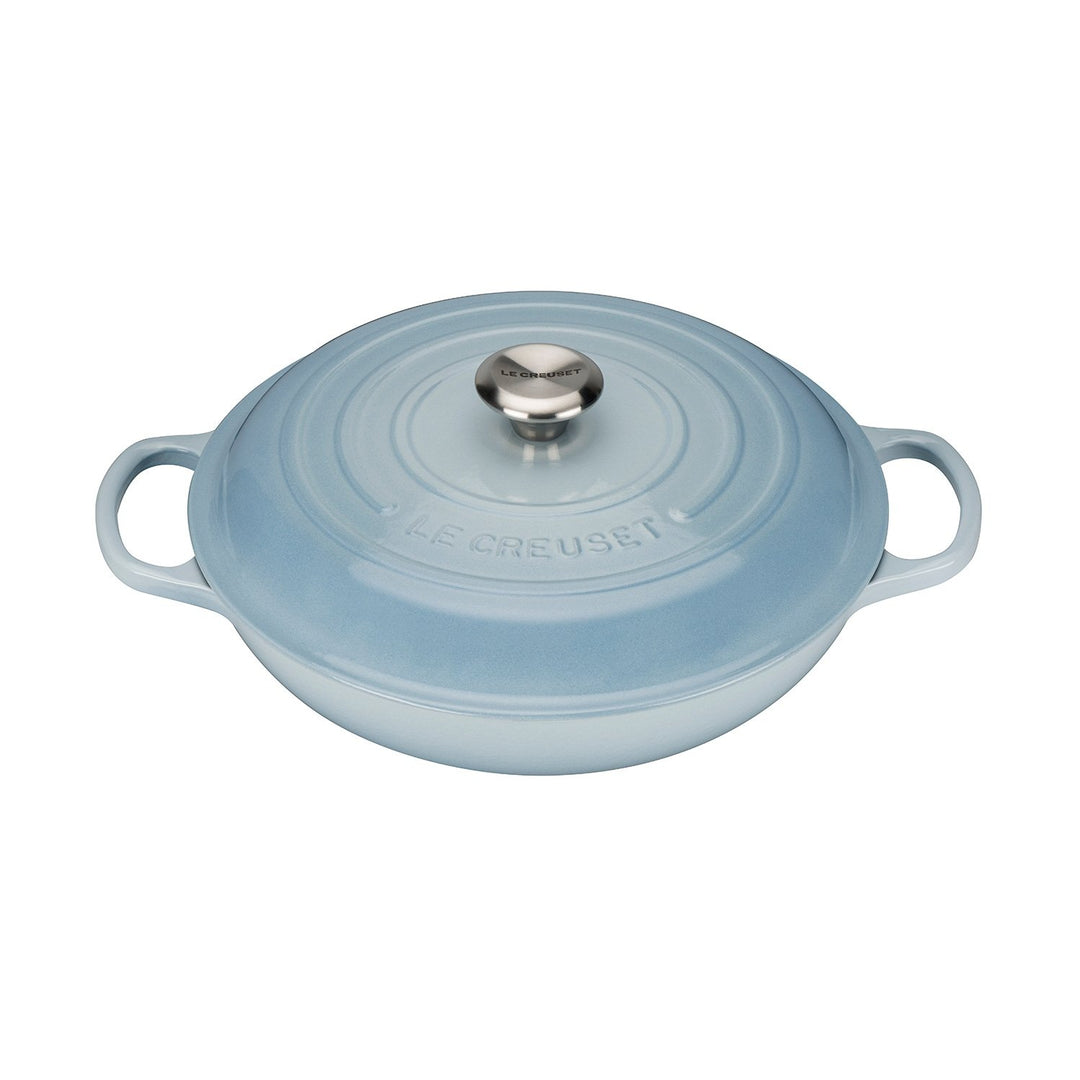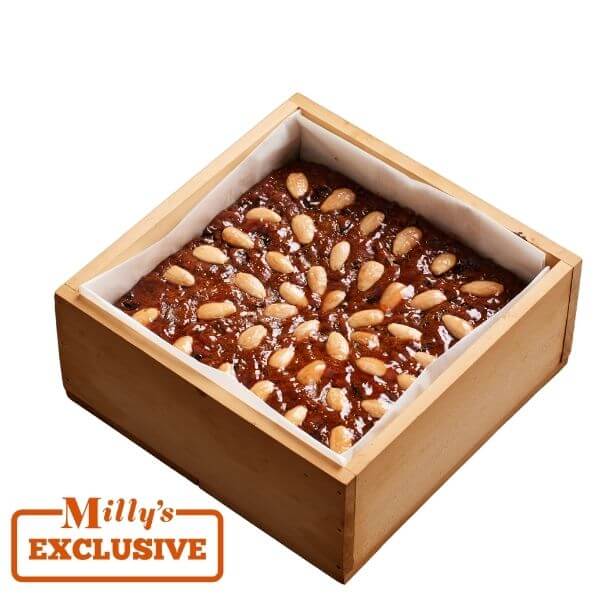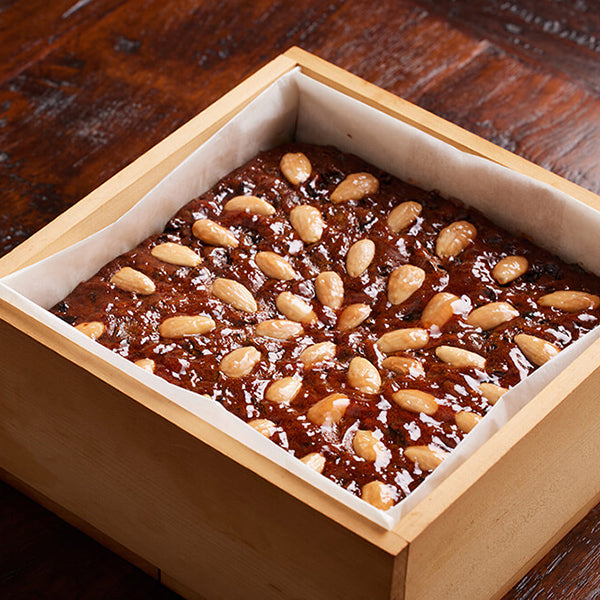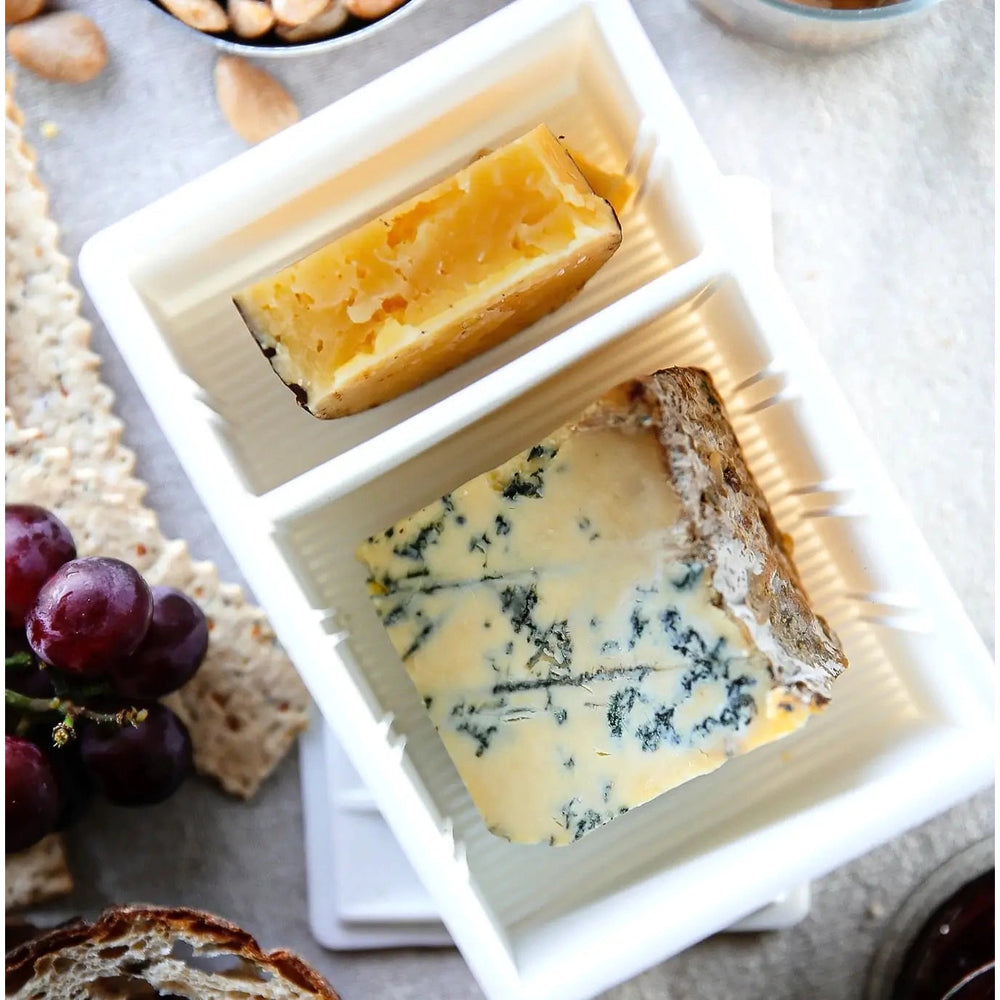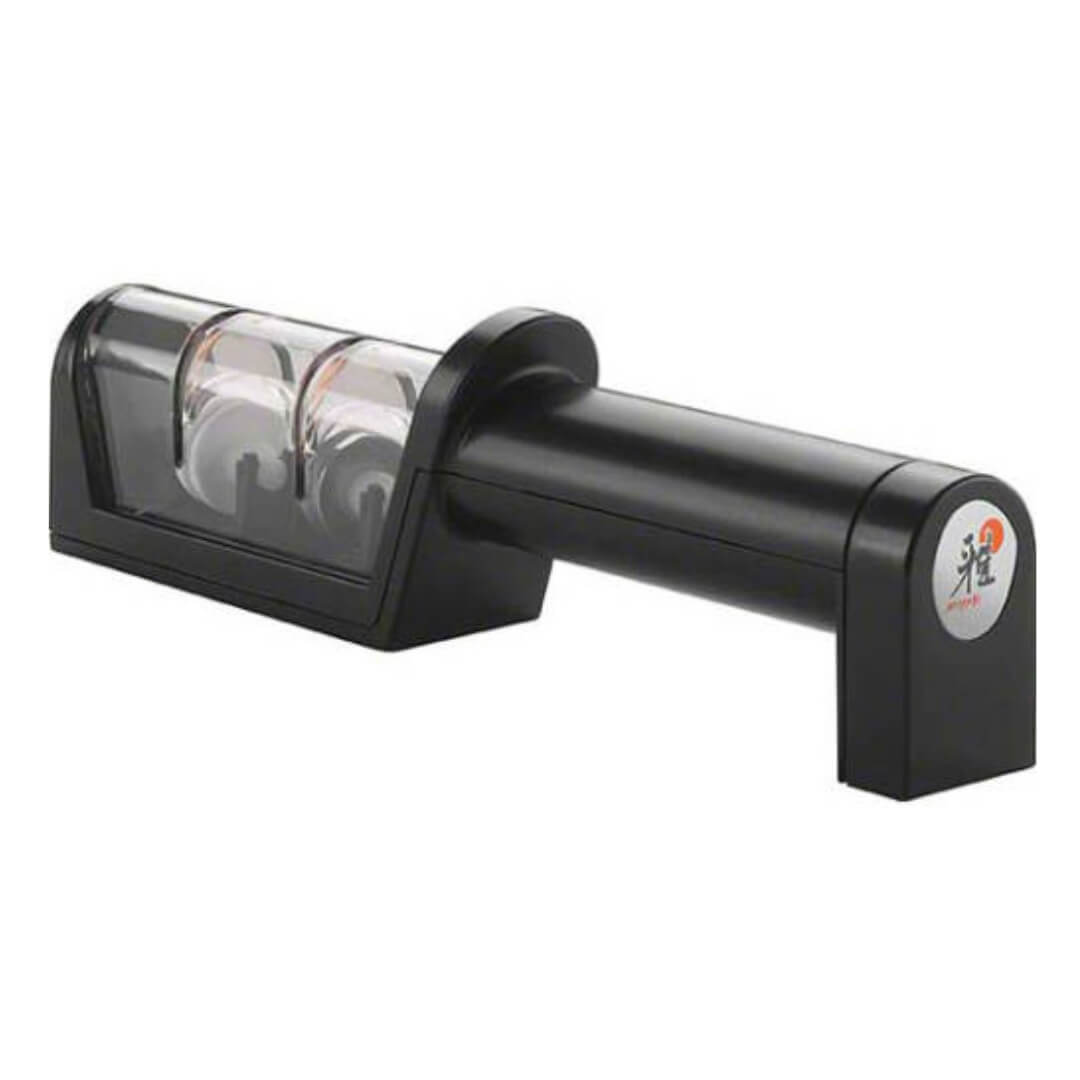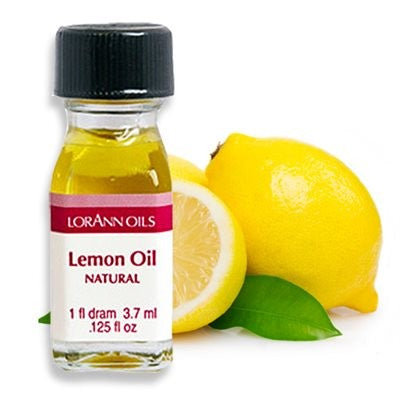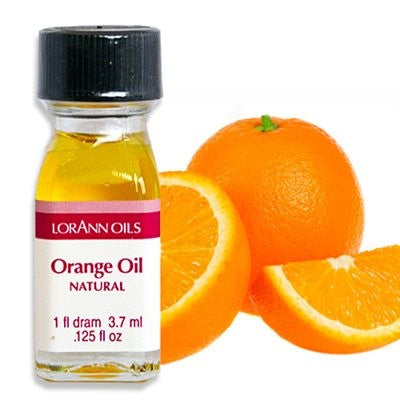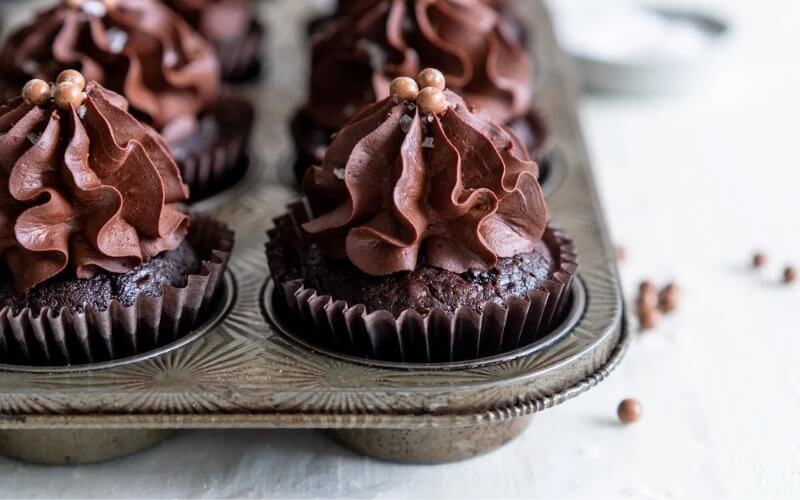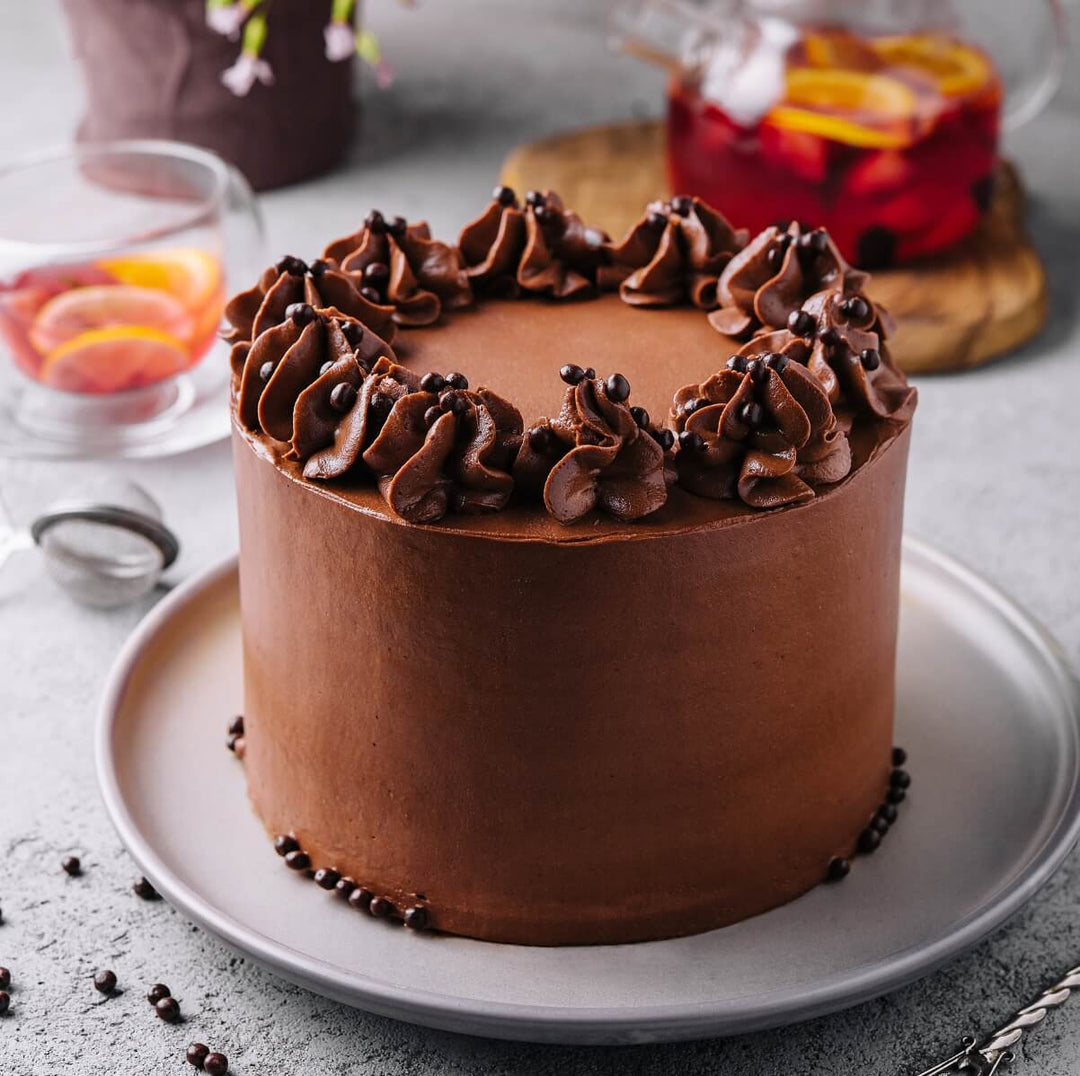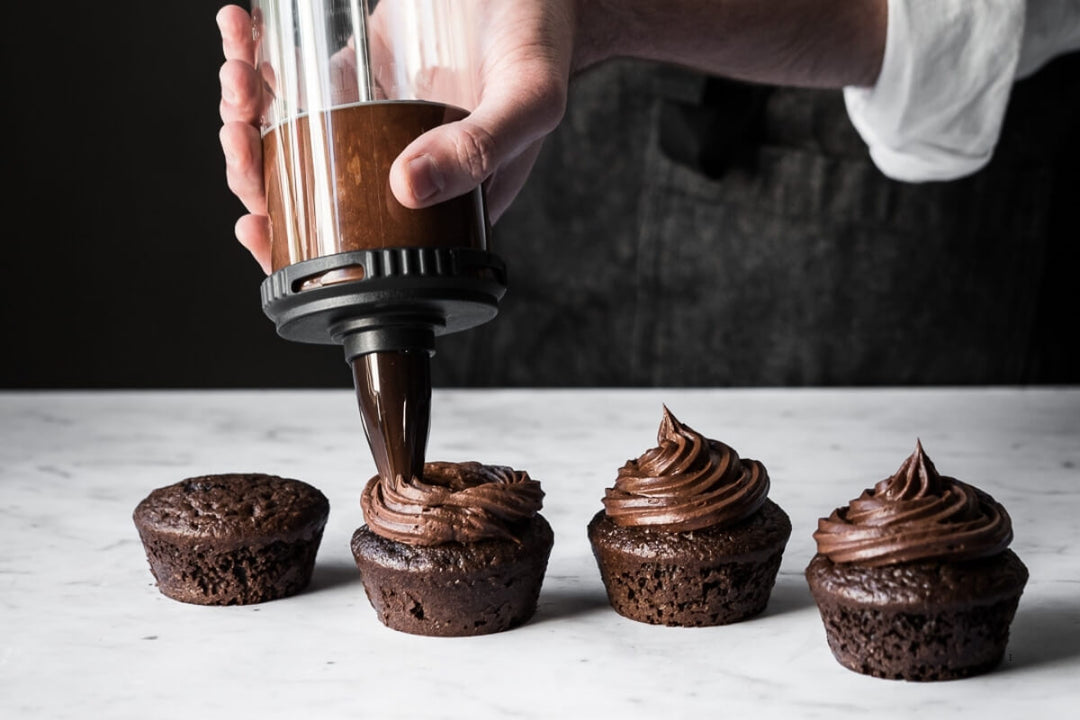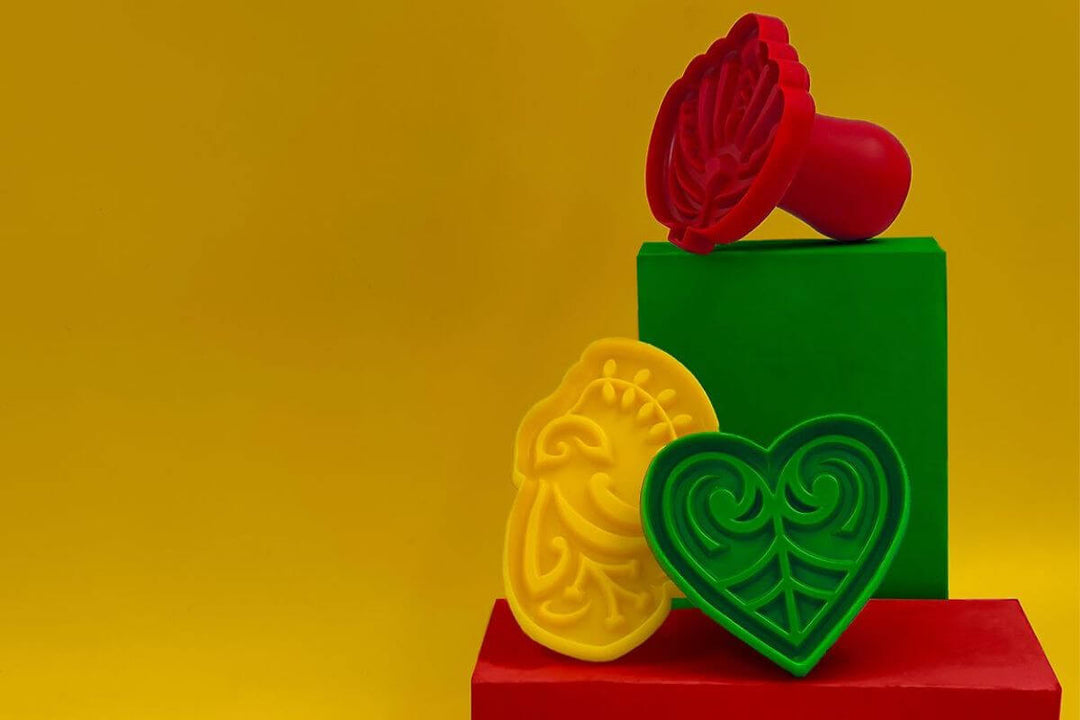Milly's 101: The Cocoa Edition
When it comes to cocoa powder, no two are necessarily created equal and the devil is absolutely in the detail. Making sure to use the cocoa powder your recipe calls for is imperative. Be it natural, ‘dutched’, dark or a blend, it can make a big difference to your result. We thought we’d take a look at why your cocoa powder selection can make or break your baking.
Let’s start with where cocoa powder comes from. Cocoa bean solids are the by-product of extracting the cocoa butter from roasted cocoa beans. These solids contain the ‘most’ chocolate flavour, meaning your cocoa powder has a very concentrated taste. It’s the process of creating this powder which greatly changes the result. Fun fact: not all the fat is extracted during the process of creating cocoa butter, hence your cocoa powder can range in fat content anywhere from 8-26%!
What makes Cocoa powder ‘dutch’?
Dutch-processed (aka dutched or alkalised) cocoa powder refers to powders that are extracted from the cocoa solids of roasted cocoa beans that have been treated with potassium carbonate to neutralise the acidity of the beans and this results in a more acidic ph level of 7 or 8 (in contrast to natural powder which is closer to 5).
This Dutch-processing produces a cocoa powder with a darker colour and reduced bitterness. While the darker colour suggests the chocolate flavour will be greater this is in fact not the case however, some people prefer the more ‘rounded’ flavour of dutched cocoa.
Natural cocoa powder is created from cocoa solids extracted from roasted beans that have not been treated. Natural powders are often described as having a bitter, brighter and/or fruitier flavour however they also have a deep chocolate flavour. Usually the colour is lighter as well.
Note: How do I know if my cocoa’s dutched? They will generally be labelled accordingly but if not, you can take your cues from the ingredients. Dutch-processed powders will list ‘alkalised’, ’dutched or dutch-processed cocoa powder’ or they will refer to ‘cocoa powder processed with alkali.’
Which is best, and when?
Ideally your recipe will specify but if you happen upon a recipe that does not, you may take your cue from the leavening agent…
1. Baking soda typically works best with natural cocoa powder. Baking soda’s alkaline and in order to do its job and make your baking rise, it needs an acidic component to react with. Because natural cocoa powder is acidic it is going to be the most successful in these recipes.
2. Baking powder alchemises happily with natural or dutch-processed cocoa powder, so here you’re really adding flavour. You may choose whichever cocoa powder you prefer but keep in mind natural will taste a little more acidic.
3. No chemical leavening agent? As with baking powder your cocoa powder is only here for flavour, so select whichever you prefer. Again, keep in mind natural will taste a bit more acidic.
Can you substitute one for another?
Natural Cocoa in a recipe calling for Dutched? For every 3tbsp of cocoa powder, add a pinch of baking soda to the recipe which will help neutralise the acidic flavour.
Dutched Cocoa in a recipe calling for Natural? The recipe will likely need the acidity to be successful. For every 3tbsp of cocoa powder add a pinch of cream of tartar, 1/8tsp of lemon juice or vinegar.
But wait there’s more
- Dark or Double-dutch cocoa powder; not to be confused with dark chocolate which has a stronger chocolate taste, these cocoa powders are more heavily alkalised meaning a richer chocolate colour with a milder chocolate flavour.
- Black Cocoa Powder; even more heavily dutched again than double dutched, this option is essentially black in colour so it’s perfect for that dark colour without any chemical colouring but the flavour is mild. Oreos are the perfect example of this.
- Cocoa blends; these are ideal if you’d prefer to only have one cocoa powder in the house. You have the benefit of a blend that works well in recipes that need the acidity but a rounder flavour profile and a richer colour.
And before you go, Cocoa powder tips:
1. Cocoa powder is extremely fine, meaning it has a tendency to clump, we recommend sifting or whisking your dry ingredients before adding to your recipe.
2. Blooming your cocoa (mixing it with hot liquid before adding to the recipe) helps to release the flavour trapped in solid particles. You can add a blooming step to any recipes with liquid by warming that liquid ingredient and mixing it with the cocoa powder, then allowing it to cool before adding it in that normal step of your recipe.
3. Coffee brings out the chocolate flavour in cocoa so we always add a little instant coffee powder to our cocoa recipes to intensify the flavour.
4. Cocoa powder is best stored in a dry, cool and dark place away from moisture (but not refrigerated).


